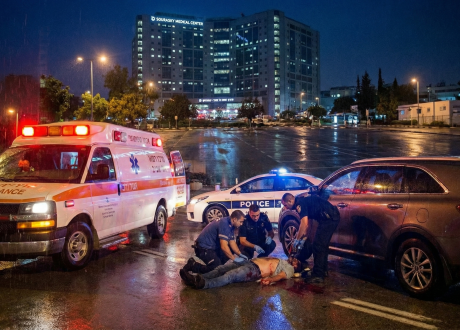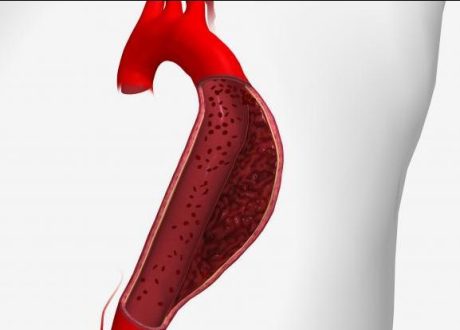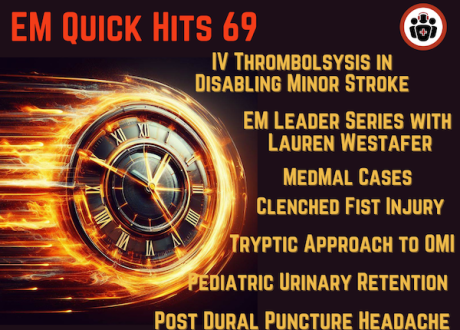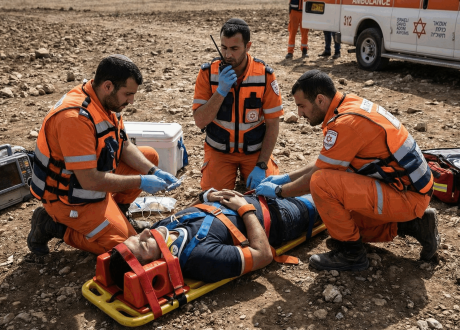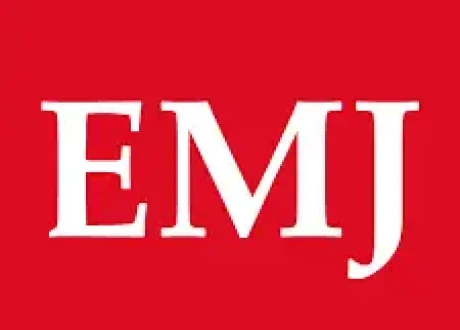CIRCULATION: TAKE-HOME MESSAGE
- This time-stratified case–crossover study investigated the impact of extreme temperature events and fine particulate matter (PM2.5) on myocardial infarction (MI)–related mortality. Of 202,678 MI-related deaths from 2015 to 2020, heat waves were associated with a higher risk of MI-related mortality (OR, 1.18–1.74) compared with cold spells (OR, 1.04–1.12). Exposure to PM2.5 also increased the odds of MI-related mortality. There was a significant synergistic interaction between heat waves and PM2.5, leading to more MI-related deaths.
- This study shows an association between exposure to extreme temperature events and PM2.5 and a higher risk of MI-related mortality, particularly in women and older adults.
Abstract
BACKGROUND:
Extreme temperature events (ETEs), including heat wave and cold spell, have been linked to myocardial infarction (MI) morbidity; however, their effects on MI mortality are less clear. Although ambient fine particulate matter (PM2.5) is suggested to act synergistically with extreme temperatures on cardiovascular mortality, it remains unknown if and how ETEs and PM2.5 interact to trigger MI deaths.
METHODS:
A time-stratified case-crossover study of 202 678 MI deaths in Jiangsu province, China, from 2015 to 2020, was conducted to investigate the association of exposure to ETEs and PM2.5 with MI mortality and evaluate their interactive effects. On the basis of ambient apparent temperature, multiple temperature thresholds and durations were used to build 12 ETE definitions. Daily ETEs and PM2.5 exposures were assessed by extracting values from validated grid datasets at each subject’s geocoded residential address. Conditional logistic regression models were applied to perform exposure-response analyses and estimate relative excess odds due to interaction, proportion attributable to interaction, and synergy index.
RESULTS:
Under different ETE definitions, the odds ratio of MI mortality associated with heat wave and cold spell ranged from 1.18 (95% CI, 1.14–1.21) to 1.74 (1.66–1.83), and 1.04 (1.02–1.06) to 1.12 (1.07–1.18), respectively. Lag 01-day exposure to PM2.5 was significantly associated with an increased odds of MI mortality, which attenuated at higher exposures. We observed a significant synergistic interaction of heat wave and PM2.5 on MI mortality (relative excess odds due to interaction >0, proportion attributable to interaction >0, and synergy index >1), which was higher, in general, for heat wave with greater intensities and longer durations. We estimated that up to 2.8% of the MI deaths were attributable to exposure to ETEs and PM2.5 at levels exceeding the interim target 3 value (37.5 μg/m3) of World Health Organization air quality guidelines. Women and older adults were more vulnerable to ETEs and PM2.5. The interactive effects of ETEs or PM2.5 on MI mortality did not vary across sex, age, or socioeconomic status.
CONCLUSIONS:
This study provides consistent evidence that exposure to both ETEs and PM2.5 is significantly associated with an increased odds of MI mortality, especially for women and older adults, and that heat wave interacts synergistically with PM2.5 to trigger MI deaths but cold spell does not. Our findings suggest that mitigating both ETE and PM2.5 exposures may bring health cobenefits in preventing premature deaths from MI.




